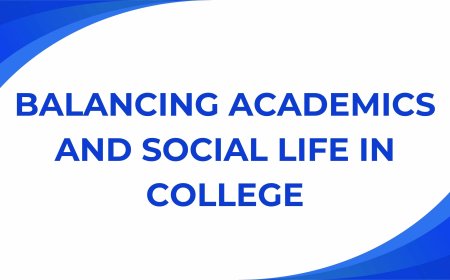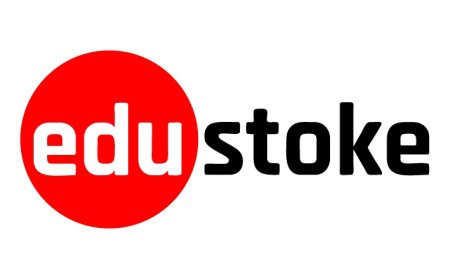Motion Graphics vs Traditional Animation – Key Differences
Discover how motion graphics differ from traditional animation. Learn which one fits your goals—and how the Best Animation Design Course can help you master both styles.

Introduction: Choosing the Right Animation Style
Ever watched an animated video and thought, That was coolbut how did they make it?
When it comes to animation, two popular styles dominate the scene: motion graphics and traditional animation. At first glance, they might seem similar, but theyre used for totally different reasons.
In this blog, youll learn:
-
What are motion graphics and traditional animation?
-
How theyre different in style, technique, and use
-
When to use each
-
And how the Best Animation Design Course in Nashik can help you master both
Lets break it down in a simple, helpful way.
What Are Motion Graphics?
Motion graphics are animated visuals made up of text, shapes, icons, and images. Theres usually no deep storyline or charactersjust clean, smooth visuals that explain or show something quickly.
Youve seen motion graphics if youve watched:
-
Explainer videos
-
Product or app demos
-
Logo reveals
-
Infographics on Instagram or LinkedIn
-
Educational animations that explain data or concepts
Why use motion graphics?
Theyre perfect when you want to:
-
Show how something works
-
Make numbers and data look cool
-
Keep things short and simple
-
Create content quickly and affordably
What Is Traditional Animation?
Traditional animation is all about characters, emotion, and storytelling. Think of Disney movies, anime, or character-based ads.
Originally, every frame was drawn by hand. Now, animators use 2D and 3D softwarebut the focus is still the same: bring stories to life.
Youve seen traditional animation in:
-
Animated movies or TV shows
-
Short films
-
Story-based commercials
-
Game cutscenes
-
Branded characters or mascots
Why use traditional animation?
Use it when you want to:
-
Tell a full story
-
Create memorable characters
-
Build emotional connections
-
Show personal growth or transformation
Key Differences at a Glance
FeatureMotion GraphicsTraditional Animation
Purpose: Explain, present, or visualize info. Tell stories with emotion and depth.
Style: Simple, clean, text and shapes. Detailed, expressive characters
Characters: are rarely used Main focus of the animation
Time & Budget: Quick and budget-friendly Takes more time and budget
Best For: Apps, branding, education, Films, storytelling, campaigns
When Should You Use Motion Graphics?
Choose motion graphics if your goal is to:
-
Explain a product (like a new app or software)
-
Visualize data (make boring stats interesting)
-
Create branded content for websites or social media
-
Work fast and affordably
Real example:
An animated video showing how a task management app works, using icons and text with upbeat music.
When Should You Use Traditional Animation?
Go with traditional animation when you want to:
-
Tell a story with heart
-
Build character-driven content
-
Make your audience feel something
-
Create a unique visual experience
Real example:
A short film about a small bird trying to flyfull of emotion, challenge, and joy.
What Tools Are Used?
Tools for Motion Graphics:
-
Adobe After Effects for text and shape animation
-
Cinema 4D for 3D elements
-
Figma for designing assets
-
Lottie or Canva for lightweight web animations
Tools for Traditional Animation:
-
Toon Boom Harmony for 2D cartoons
-
Blender or Maya for 3D character animation
-
Procreate or TVPaint for drawing frame-by-frame
-
Dragonframe for stop-motion animation
In the Best Animation Design Course, youll get hands-on experience with many of these tools, learning when and how to use them to create standout work.
Can You Combine Both Styles?
Absolutely! Some of the best animations today mix both styles.
For example:
-
A character telling a story, while graphs and icons appear to explain something
-
A motion graphic that includes a small animated mascot
-
A short film that blends typography and emotion
The lines are blurring, nd modern animators are learning both. Thats why the Best Animation Design Course teaches motion graphics and traditional animation together, helping you become more flexible and job-ready.
Real-World Examples
Project Type of Animation Why It Worked
Slack App Demo Motion Graphics Explained software in a clean, fast way
Pixars Bao Traditional Animation tells a touching story with no words
Apple Product Videos Motion Graphics Clear, sleek animations for new features
Duolingo Mascot Campaign: Traditional Animation. Built an emotional connection with characters
Why the Best Animation Design Course Matters
Choosing the right course can set you apart in the world of design and animation.
A great course helps you:
-
Learn both motion graphics and traditional animation
-
Master tools like After Effects, Blender, and Toon Boom
-
Build projects that show off your skills
-
Understand storytelling, character design, and timing
-
Prepare for real jobs in studios, freelance work, or marketing
Whether youre just starting or looking to level up, the Best Animation Design Course in Nashik teaches the skills employers and clients want today.
Final Thoughts: Let Your Purpose Guide You
Motion graphics and traditional animation are both powerful, but for different reasons.
-
Motion graphics are great for explaining, presenting, and branding.
-
Traditional animation is perfect for storytelling, characters, and emotion.
Your choice depends on what youre creating, who its for, and how you want it to feel.
















![Top 9 Real Estate Mobile App Developers in Riyadh, Saudi Arabia [2025 Edition]](https://www.biphoo.uk/uploads/images/202507/image_430x256_6879d0d524335.jpg)






















